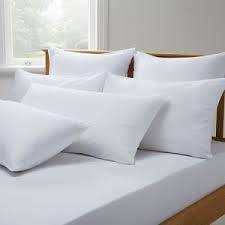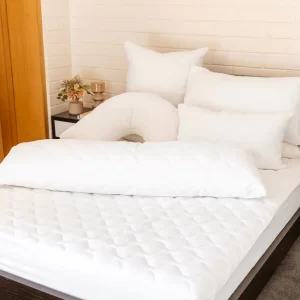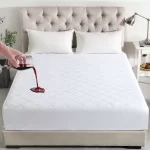Delving Into Dust Mite Information: Safeguarding Your Family’s Health
Invisible but omnipresent, dust mites are microscopic creatures that inhabit our homes, often without us even knowing. These tiny arthropods thrive in warm, humid environments, feasting on dead skin cells shed by humans and pets. While they may seem harmless, dust mites can trigger allergies and exacerbate respiratory conditions, posing a significant concern for families, especially those with young children or individuals with sensitivities. In this comprehensive guide, we’ll explore everything you need to know about dust mites and how to minimize their impact on your family’s health.
Understanding Dust Mites: What Are They?
Dust mites belong to the arachnid family and are closely related to ticks and spiders. Measuring about a quarter to a third of a millimeter in size, these minuscule creatures are virtually invisible to the naked eye. They thrive in warm, humid environments with temperatures between 68°F and 77°F (20°C to 25°C) and relative humidity levels above 50%. Common habitats include bedding, upholstered furniture, carpets, and curtains, where they find ample food sources in the form of shed human and pet skin cells.
Health Implications of Dust Mites
For many people, dust mites are harmless. However, for others, they can trigger allergic reactions and exacerbate respiratory conditions such as asthma and rhinitis. The proteins present in dust mite feces and body fragments are the primary culprits behind these allergic responses. Symptoms may include:
- Sneezing
- Runny or stuffy nose
- Itchy, red, or watery eyes
- Coughing
- Wheezing
- Shortness of breath
- Skin rashes or eczema flare-ups
In severe cases, prolonged exposure to dust mites can lead to chronic respiratory problems and significantly affect the quality of life.
Identifying Dust Mite Hotspots in Your Home
To effectively mitigate the risks associated with dust mites, it’s crucial to identify and target their primary habitats within your home:
- Bedding: Mattresses, pillows, and blankets provide an ideal environment for dust mites due to the accumulation of dead skin cells.
- Upholstered Furniture: Sofas, armchairs, and cushions trap dust mites and their allergenic particles.
- Carpets and Rugs: These textile floor coverings harbor dust mites and serve as reservoirs for allergens.
- Curtains and Drapes: Dust mites can accumulate in the folds of curtains, especially in rooms with poor ventilation.
- Stuffed Toys: Children’s plush toys can harbor dust mites and should be regularly washed or vacuumed.
Strategies for Dust Mite Control
While complete eradication of dust mites is nearly impossible, adopting proactive measures can significantly reduce their population and alleviate allergy symptoms:
- Maintain Optimal Indoor Conditions: Keep humidity levels below 50% to inhibit dust mite proliferation. Air conditioning, dehumidifiers, and proper ventilation can help achieve this.
- Use Allergen-Proof Bedding: Encase mattresses, pillows, and box springs in impermeable covers designed to block dust mites and their allergens.
- Wash Bedding Frequently: Launder sheets, pillowcases, and blankets in hot water (at least 130°F or 54°C) weekly to kill dust mites and remove allergens.
- Vacuum Regularly: Use a vacuum cleaner equipped with a HEPA filter to remove dust mites and their debris from carpets, upholstery, and curtains.
- Minimize Clutter: Reduce dust mite hiding spots by decluttering and simplifying furnishings in your home.
- Freeze Stuffed Toys: Placing stuffed toys in the freezer for several hours can kill dust mites. Alternatively, wash them in hot water if they are machine washable.
Conclusion
Dust mites may be tiny, but their impact on family health can be significant, particularly for individuals with allergies or respiratory conditions. By understanding their habits and implementing effective control measures, you can create a healthier indoor environment for you and your loved ones. From investing in allergen-proof bedding to maintaining optimal humidity levels, each proactive step plays a vital role in minimizing the presence of dust mites and mitigating their adverse effects. By prioritizing cleanliness and allergen reduction, you can transform your home into a haven of comfort and well-being, free from the unseen threats of dust mites.




